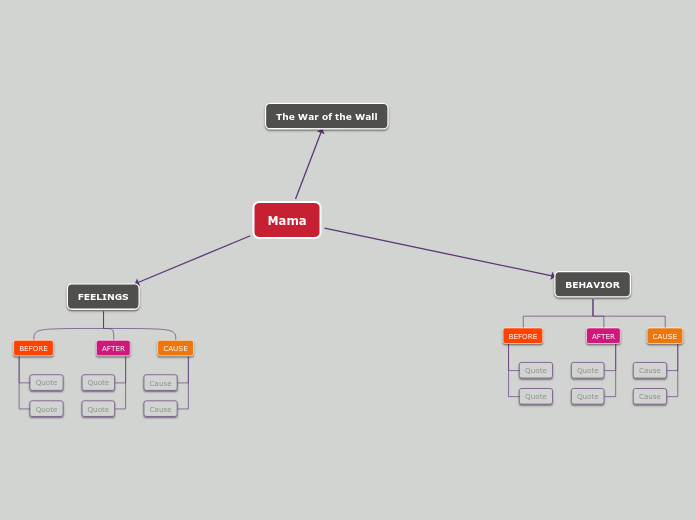によって Alex Goodreau 12年前.
419
Polynomials
Polynomials are mathematical expressions composed of two or more algebraic terms, each involving a variable raised to a power and multiplied by a coefficient. The degree of a polynomial is determined by the highest power of its variable, and it can be identified by the number of turning points or x-intercepts on its graph.
開く
Polynomials Identifying the Multiplicties Odd: when the graph crosses
the x-axis at the zero Even: when the graph intersects
but does not cross the x-axis at
the zero. How to Solve a
Polynomial Complex you use the
Conjugate Zeros Theorem. Given two real zeros: do synthetic
division once, get a new polynomial,
then do synthetic division with the
remaining zero and new polynomial If given none: graph the equation,
finding the zeros from the x-intercepts,
and then use synthetic division. Given a real zero: you use
synthetic division. Students:
Alex Goodreau
Alicia Ashton
Alyssa Molnar Identifying of Number
of Zeros Complex: a polynomial f(x) of degree n, with n is
greater than or equal to one, has at least one
complex zero Real: a polynomial of degree n
has at most n distinct zeros Identidying the Degree
of a Polynomial End Behavior odd degree even degree "+" l.c.
"-" l.c.
By turning points: the degree can be up to
one more than the number of turning points By zeros: the degree can be up to
the same number of x-intercepts on
the graph Definitions Polynomial: an expression of two
or more algebraic terms Leading coefficient: a number, which is multiplies
the highest non-zero power of the independent
variable in a polynomial function. End Behavior: The appearance of a graph
as it is followed farther and farther in either
direction. Turning Points: when the graph
changes from increasing to dec
reasing and vice versa. X-intercepts: the point where
the graph crosses the x-axis









